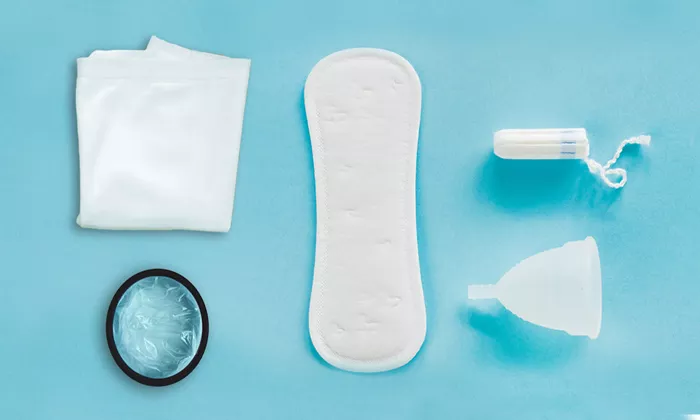Every year on May 28, Menstrual Hygiene Day highlights the critical need for safe and accessible menstrual health products worldwide. Despite progress, an estimated 500 million women still lack access to proper menstrual products, underscoring why this day remains essential.
In India, data from the National Family Health Survey-5 (NFHS-5) shows that 36% of women do not use sanitary napkins, with only 78% of women aged 15–24 using hygienic menstrual methods such as sanitary pads, tampons, or menstrual cups. Rural areas lag behind urban centers, reflecting ongoing disparities in access and awareness.
Cultural myths and taboos around menstruation continue to hinder open discussion and access to hygiene products. In some regions, traditions force menstruating women into isolation or restrict their activities, increasing stigma and health risks.
For example, Nepal’s chhaupadi practice, which banishes women from homes during menstruation, was criminalized only recently after fatal consequences were reported.
Religious and cultural beliefs often label menstruation as “impure,” leading to exclusion from social, religious, and household activities in communities across South Asia, Africa, and beyond. Such stigmas prevent many women from seeking or using proper menstrual products, forcing them to rely on unsafe alternatives like rags or leaves, which can cause infections and long-term health problems.
The United Nations calls this lack of access and education “period poverty,” which affects millions globally. Poor menstrual hygiene can lead to reproductive and urinary tract infections, impacting women’s health, education, and economic opportunities. For instance, in Kenya, over one million girls miss school annually due to inadequate menstrual hygiene facilities and stigma.
To maintain menstrual hygiene and reduce health risks, experts recommend:
- Washing hands before and after handling menstrual products
- Changing sanitary pads every few hours
- Replacing tampons every 4 to 8 hours to avoid toxic shock syndrome
- Cleaning menstrual cups daily and sterilizing after use
- Wearing breathable cotton underwear and practicing proper genital hygiene
- Disposing of menstrual waste properly in covered bins
Improving menstrual hygiene requires addressing cultural taboos, increasing education, and ensuring access to affordable, safe menstrual products and sanitation facilities. Menstrual Hygiene Day serves as a vital reminder to continue this collective effort for a healthier, stigma-free future for all menstruators.


